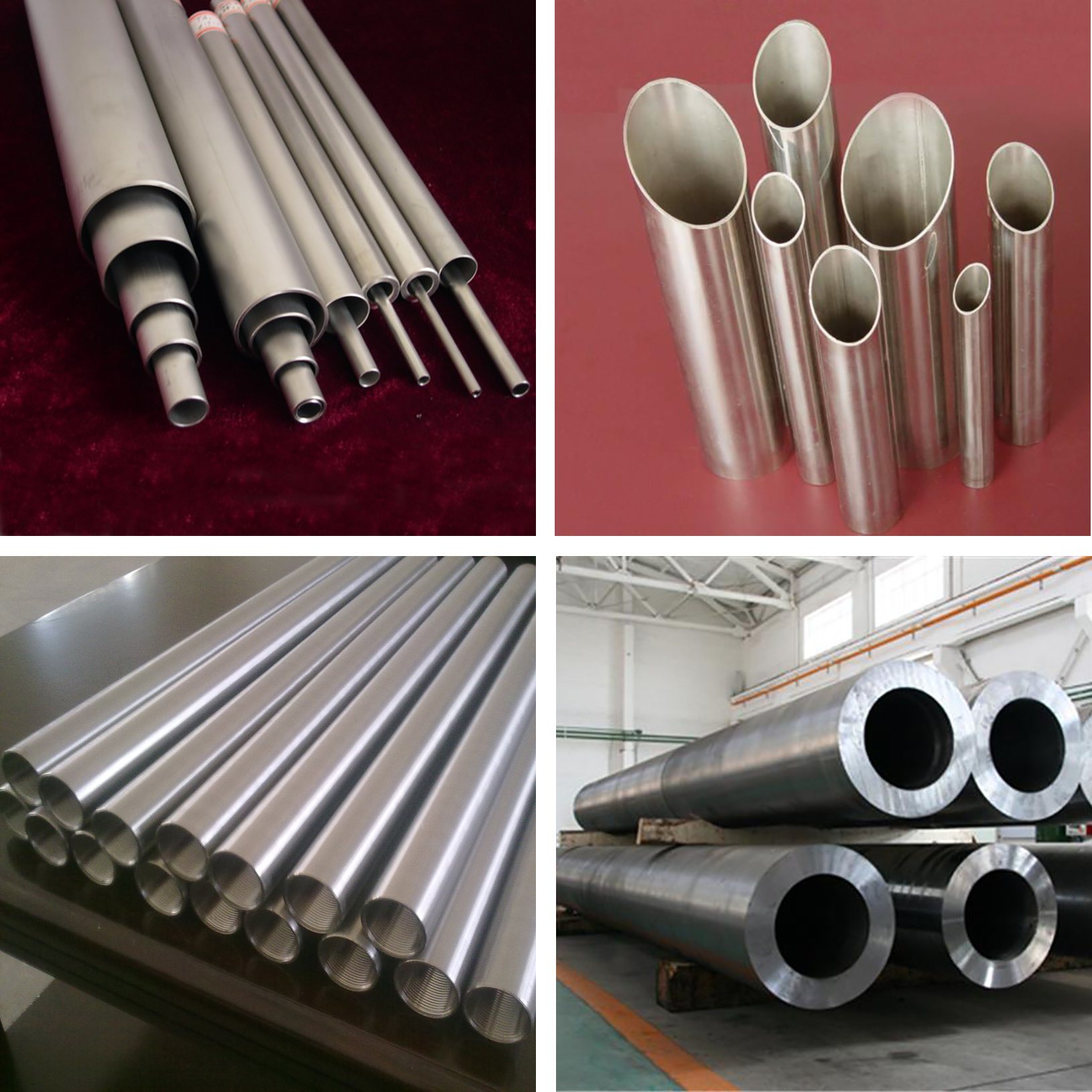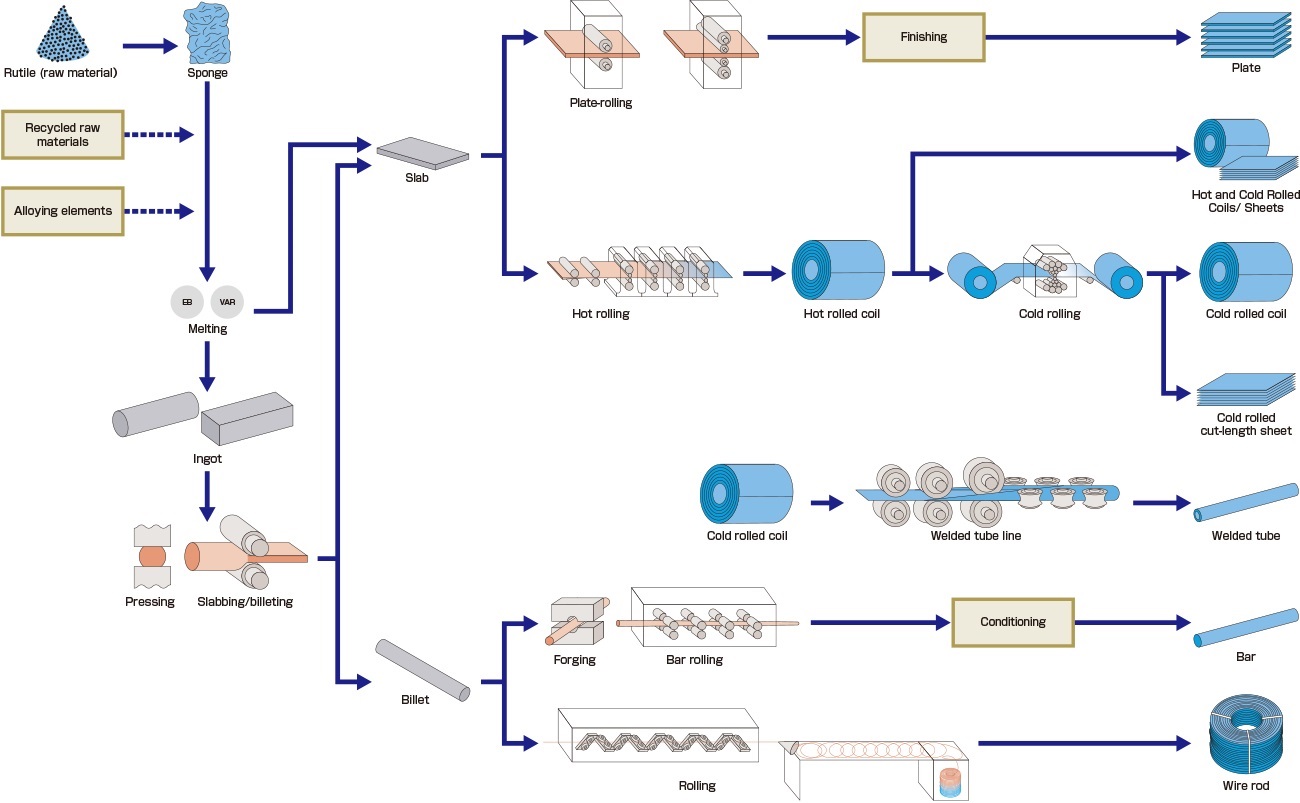
What is a titanium alloy steel pipe? Now we will tell you the relevant knowledge of titanium alloy steel pipe

Titanium alloy steel pipe standards are:
GB/T 3620.1—94 Titanium and titanium alloy grades and chemical composition
GB/T 3625—95 Titanium and titanium alloy tubes for heat exchangers and condensers
TA1, TA2, TA3 are all industrial pure titanium, they have high mechanical properties, excellent stamping performance, and can be welded in
various forms. The strength of the welded joint can reach 90% of the strength of the base metal, and the cutting performance is good . Titanium
tube has high corrosion resistance to chloride, sulfide and ammonia.The corrosion resistance of titanium in seawater is higher than that of
aluminum alloys, stainless steels, and nickel-based alloys. Titanium is also relatively resistant to water impact. Titanium alloy steel pipes
are relatively few made in China, and most of them rely on imports. Therefore, there are more foreign titanium alloy steel pipe standards.

① The α alloy contains a certain amount of elements that stabilize the α phase, and it is mainly composed of the α phase in the equilibrium state.
Alpha alloy has a small specific gravity, good thermal strength, good weldability and excellent corrosion resistance.
The disadvantage is that it has low room temperature strength and is usually used as a heat-resistant material and a corrosion-resistant material.
Alpha alloys can generally be divided into full alpha alloys (TA7), near alpha alloys (Ti-8Al-1Mo-1V) and alpha alloys with a small amount of compounds (Ti-2.5Cu).
② The (α+β) alloy contains a certain amount of stable α-phase and β-phase elements, and the structure of the alloy in the equilibrium state is α-phase and β-phase.
(α+β) alloy has medium strength and can be strengthened by heat treatment, but its welding performance is poor. (α+β) alloys are widely used,
and the output of Ti-6Al-4V alloy accounts for more than half of all titanium materials.
③ The β alloy contains a lot of elements that stabilize the β phase, which can keep all the high temperature β phases to room temperature. Beta alloys
can generally be divided into heat-treatable beta alloys (meta-stable beta alloys and near-meta-stable beta alloys) and thermally stable beta alloys. Heat-treatable
β alloy has excellent plasticity in the quenched state, and the tensile strength can reach 130~140kgf/mm2 through aging treatment.
Beta alloys are usually used as high-strength and high-toughness materials. The disadvantages are high specific gravity, high cost, poor welding performance, and difficult cutting processing.
Titanium alloys can be divided into heat-resistant alloys, high-strength alloys, corrosion-resistant alloys (titanium-molybdenum, titanium-palladium alloys, etc.), low-temperature alloys,
and special functional alloys (titanium-iron hydrogen storage materials and titanium-nickel memory alloys), etc. . The composition and properties of typical alloys are shown in the table.
Heat treatment Titanium alloys can obtain different phase compositions and structures by adjusting the heat treatment process. It is generally believed that the small equiaxed structure has better plasticity,
thermal stability and fatigue strength; the needle-like structure has higher endurance strength, creep strength and fracture toughness; the equiaxed and needle-like mixed structure has better comprehensive properties.